The fashion label Stella McCartney sources its materials from sustainably-managed forests. Miyoko’s Creamery, the vegan cheese brand, launched a program to help struggling dairy farmers transition to plant-based alternatives. Elate Beauty, the ethically-made cosmetics company, has diverted more than 10,000 kgs of waste from landfills—so far.
In recent years, brands have stepped up and committed to more sustainable practices. In honor of Earth Day 2022, we wanted to take a closer look at what commercial photographers can do to help raise awareness about climate change and the protection of our environment, while also helping companies and consumers realize their goals.
Consumer values: Why is sustainability important?
Last year’s Sustainability & Consumer Behaviour report* by Deloitte UK revealed that 34% of survey respondents had chosen brands that have environmentally sustainable values and practices, while 30% chose brands that had ethical practices and values. 28% stopped buying from certain brands due to a concern about their ethics or sustainability. Among Gen Zers, that percentage rose to 45%.
But there’s still work to be done. Deloitte’s research found that the top three reasons why people don’t adopt a more sustainable lifestyle include a lack of interest (22%), a feeling that it’s too expensive (16%), and a lack of information (15%). Interestingly, when asked about what they believed might encourage them to adopt more sustainable lifestyles, 25% of consumers agreed that advertising that showed sustainability as desirable and the norm would help.
Going forward, brands can continue to help turn the tides by actively educating their customers on the importance of sustainability, while also making sustainable choices more accessible, affordable, and easy to understand. That includes transparency about their carbon footprint and information about how their products are made and sourced, but it also means championing sustainability throughout all their communications.
Commercial photographers can contribute to the sustainability movement in many ways, from limiting their own footprints in the studio to showing everyday practices that can make a difference. Here are just four ways to demonstrate your commitment to ethical, environmentally-friendly, and sustainable practices through photography.
Spotlight on: Going plastic-free
To understand what consumers value and how those values drive their actions, let’s return to the Sustainability & Consumer Behaviour 2021 report by Deloitte UK. Their research indicated that 61% of customers have limited their use of single-use plastics, making it the most common way they show their commitment to sustainability. For everyday beauty and household products, people were especially likely to avoid single-use plastics, and further insight revealed that sustainable packaging ranked high when people shopped for groceries.
From Grove Collaborative to Honest Beauty, companies have taken note and implemented their own initiatives for sustainable, eco-friendly packaging. Whether you document a routine trip to the farmers’ market or your model’s personal beauty routine, those are all great places to start when it comes to illustrating the plastic-free lifestyle movement in your photography.
Spotlight on: Reducing waste
What’s more, 39% of respondents said they reduced the number of new products and goods they purchased, according to Deloitte UK’s report. Beyond that, 42% said that better signposting on services that repair broken or damaged items would help them to adopt more sustainable practices, while 50% said the same about wanting more clarity on how to recycle or dispose of old products.
You can visualize waste reduction in commercial photography by celebrating the circular economy, from at-home clothing repair to thrifting and second-hand shopping. According to a recent report from Getty Images, less than 2% of current visuals relating to retail and consumerism focus on ethical consumption, while only 1% focus on sustainable fashion through reselling, upcycling, and buying second-hand.
Today’s photographers can help change that. At the same time, you can apply these same principles to your own practice by recycling your materials or collaborating with a local thrift shop to source wardrobe items for future shoots. For more ideas for photoshoots, check out our guide to Visualizing slow fashion in commercial photography.
Spotlight on: Food
Deloitte UK’s research further revealed that 49% of respondents demonstrated their commitment to sustainability by purchasing more seasonal produce, while 30% said they did so by reducing their consumption of meat and other animal products. From the release of methane gases to the removal of forests, we know industrial farming is terrible for the planet. According to Impact, in the UK, simply switching from beef to veggie patties could save 9.5 to 11m tonnes of CO2e each year.
There are plenty of ways to visualize the transition to more ethical, plant-based foods, whether you’re a lifestyle or still life photographer. Be sure to visit our article on Exploring plant-based diets and veganism in commercial photography for tips to implement on your next shoot.
Spotlight on: Sustainable solutions
According to Deloitte’s Sustainability & Consumer Behaviour 2021 report, about one in five survey respondents said they switched to renewable energy sources and products or chose low carbon emission transportation or shared transport. Consumers also considered reducing their carbon footprint when shopping for big household appliances.
And we are making progress in terms of renewable energy. In the United States, solar and wind energy grew at the fastest rate in the country’s history in 2021, making up 13% of power generation nationwide, according to a report released in March. Meanwhile, according to research released last year by the Pew Research center, most adults in the US support expanding solar panel farms (84%) and wind turbine farms (77%).
Perhaps unsurprisingly, interest in images of renewable energy has also increased. Over on Getty Images and iStock, searches in Europe for terms such as “energy efficiency,” “net zero,” and “energy transition,” have all risen, while searches for “oil gas” have decreased, according to a recent trend report.
Meanwhile, searches on Getty Images for renewable energy are up 76%, and searches for clean energy have risen by 96%. You can illustrate this transition in your portfolio by teaming up with a farm or someone who works in renewable energy—get a property release and model release, and document a day in their life.
Spotlight on: Protecting biodiversity
Last spring, a global report by The Economist Intelligence Unit, commissioned by WWF, provided further insight into our awareness and actions around sustainability. They found that since 2016, posts on Twitter relating to nature loss and biodiversity had increased by 65%, while the popularity of Google searches for terms relating to those topics rose by 16%.
Those calls for change have yielded results, too: according to the WWF report, the number of brands committed to sourcing practices that protect biodiversity rose by 45% in the food, cosmetic, and natural pharmaceutical industries.
Visually, we can advocate for the protection of our ecosystems and vulnerable or endangered animals and plant life through ethical landscape and wildlife photography. A good place to start would be teaming up with a local conservation group or volunteering at a non-profit in your area. Consulting an expert will help you understand how best to approach the subject and where your talents might do the most good.
*How are we defining sustainability? According to Deloitte’s report, there are five sustainable brand practices valued most by consumers: waste reduction, carbon footprint reduction, sustainable packaging, ethical work practices, and respect for human rights.
Not on 500px yet? Click here to learn about Licensing with 500px.

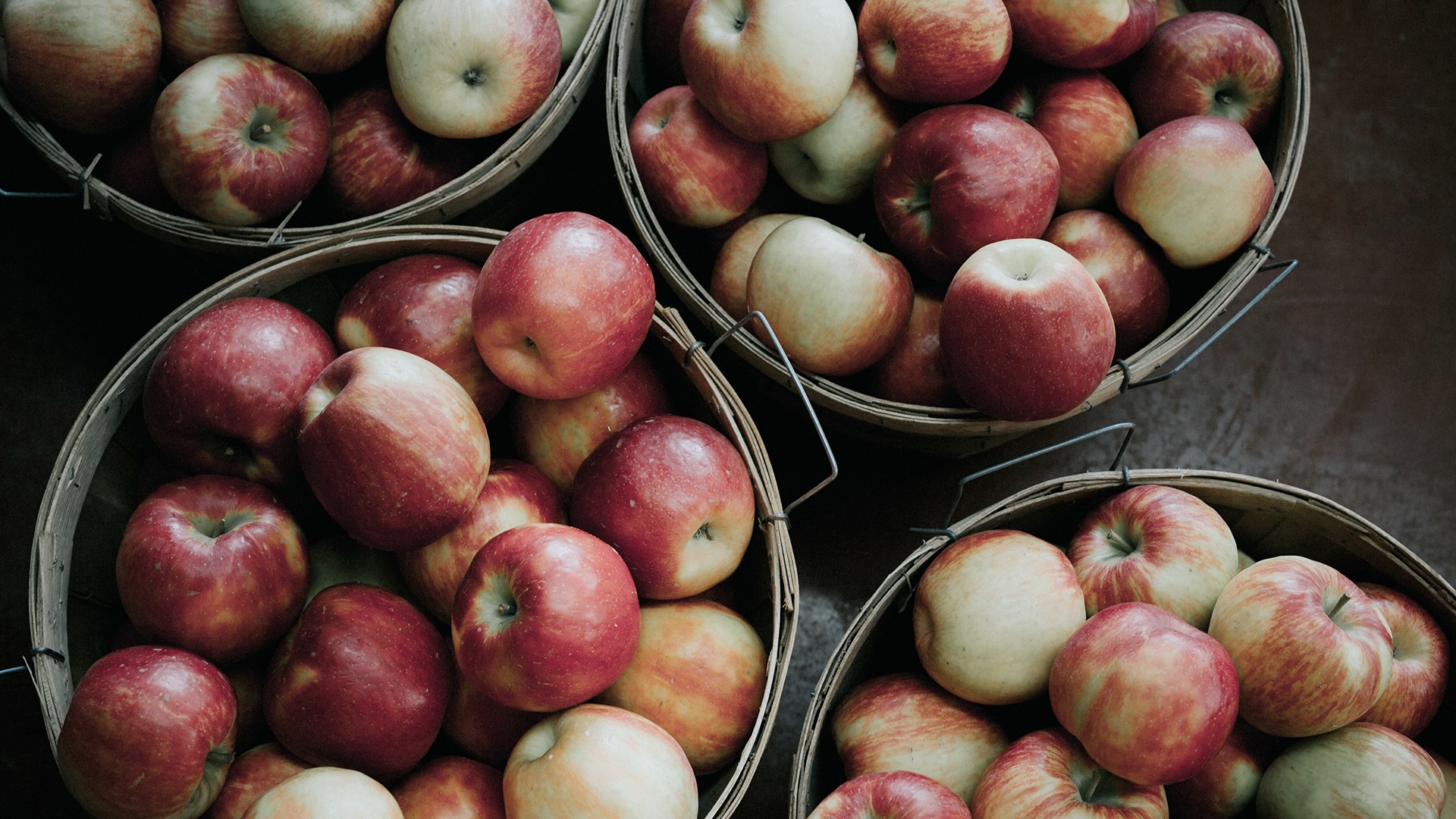



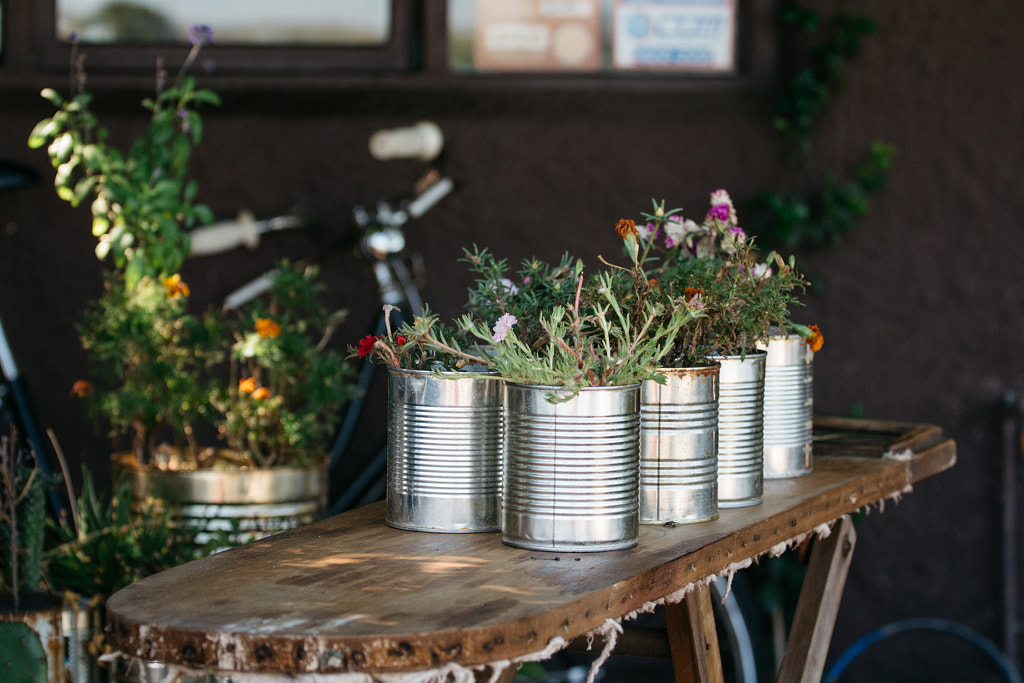








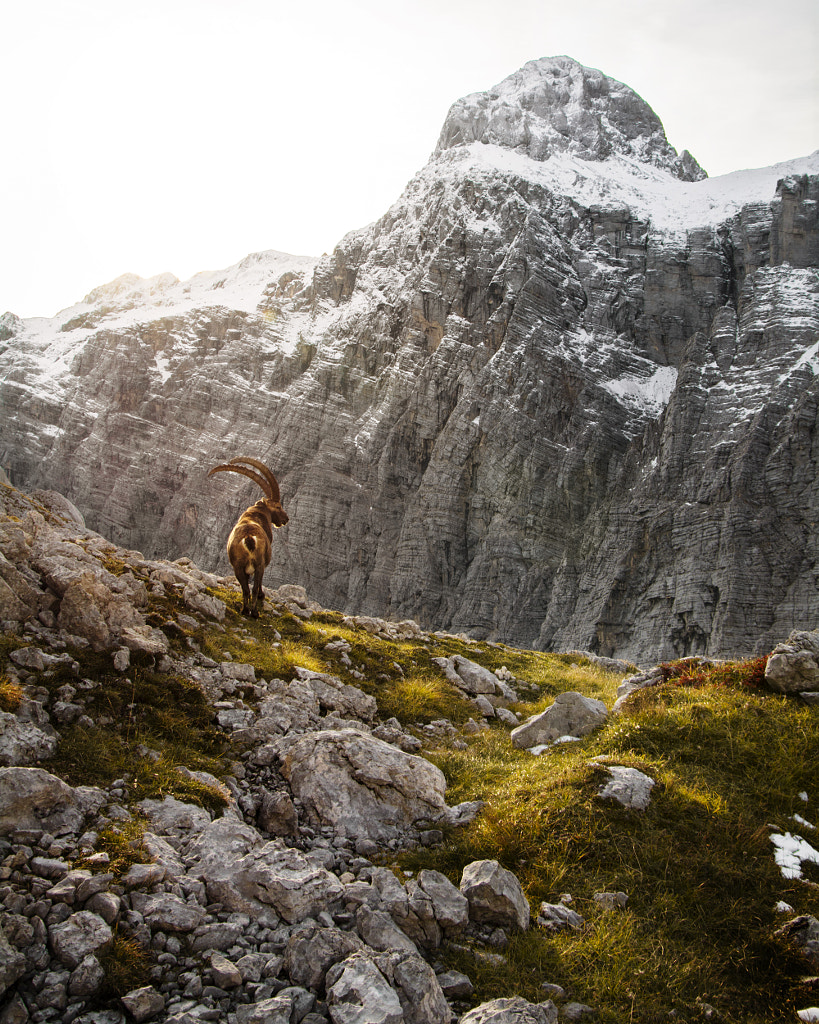
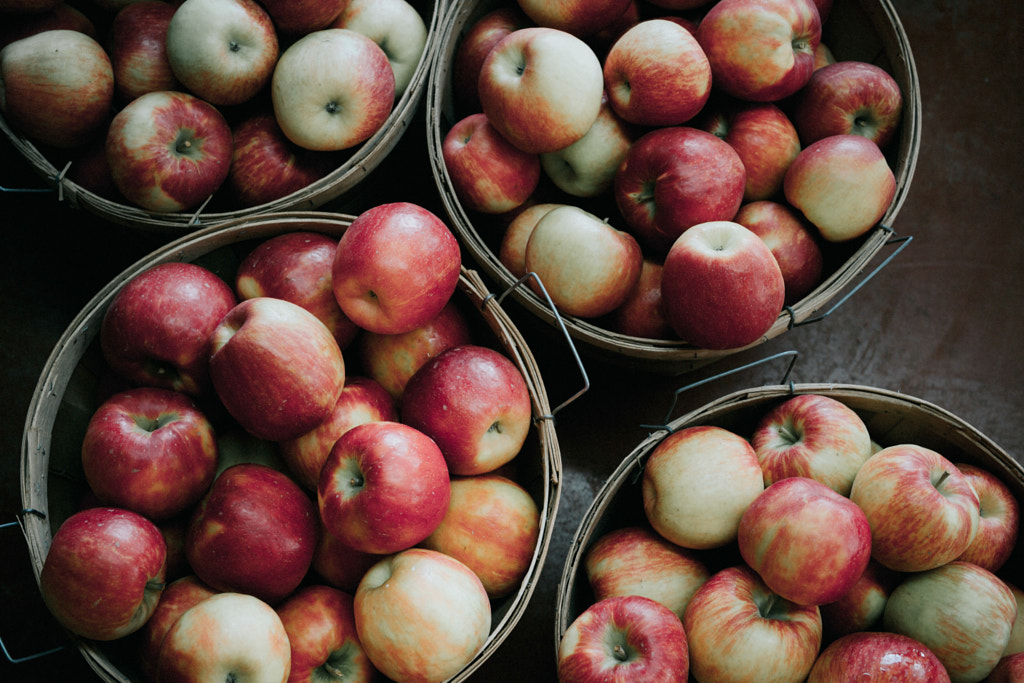

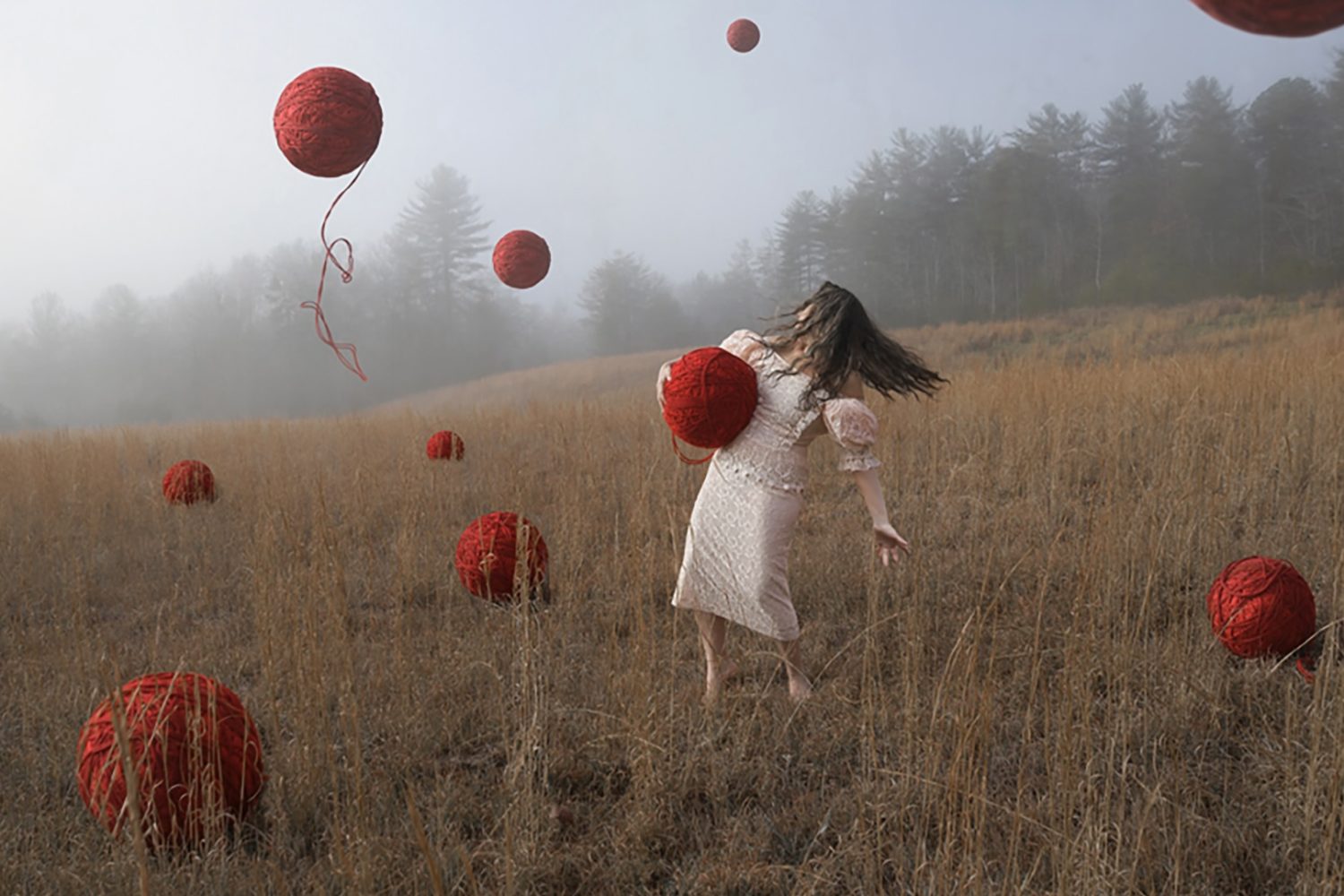

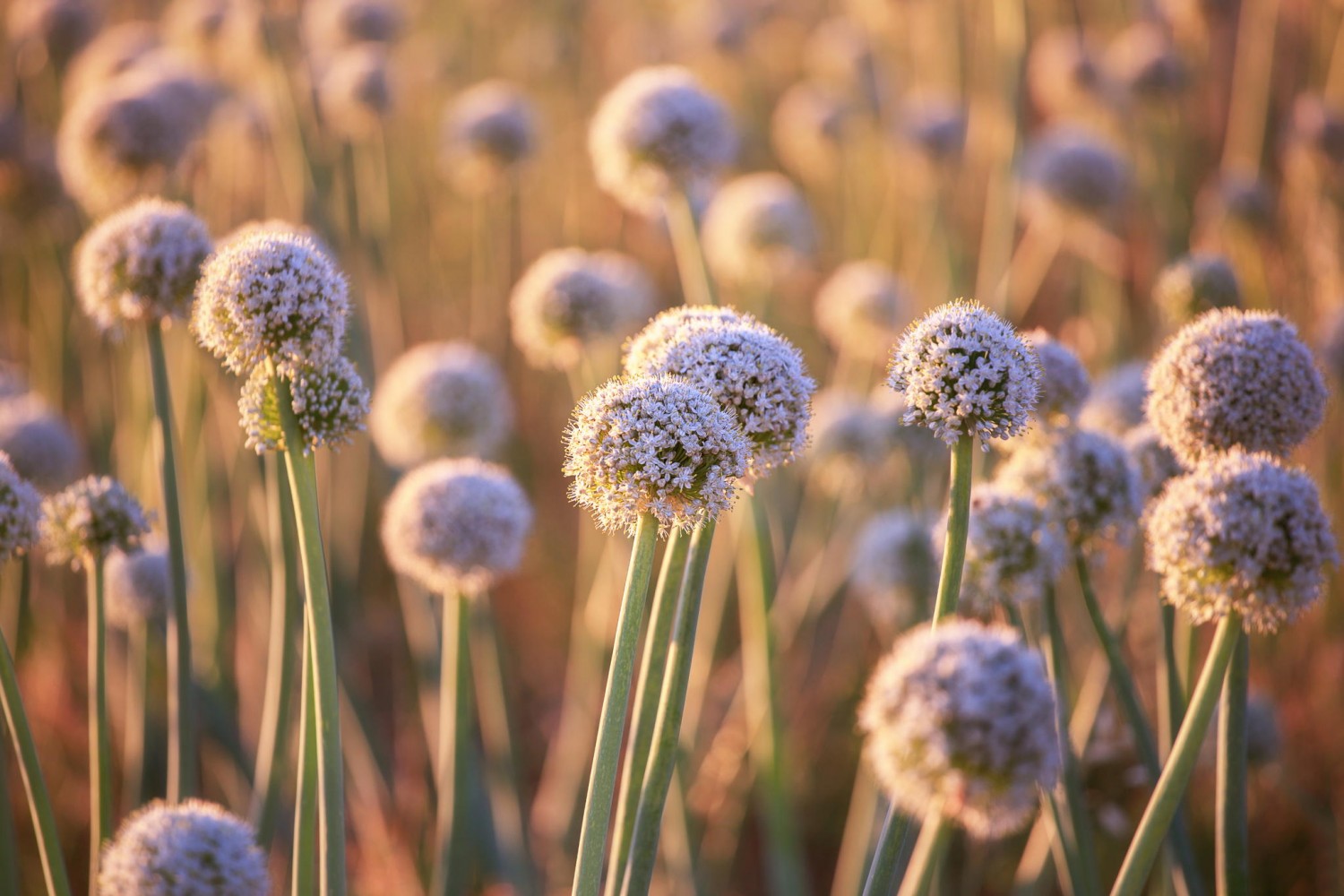
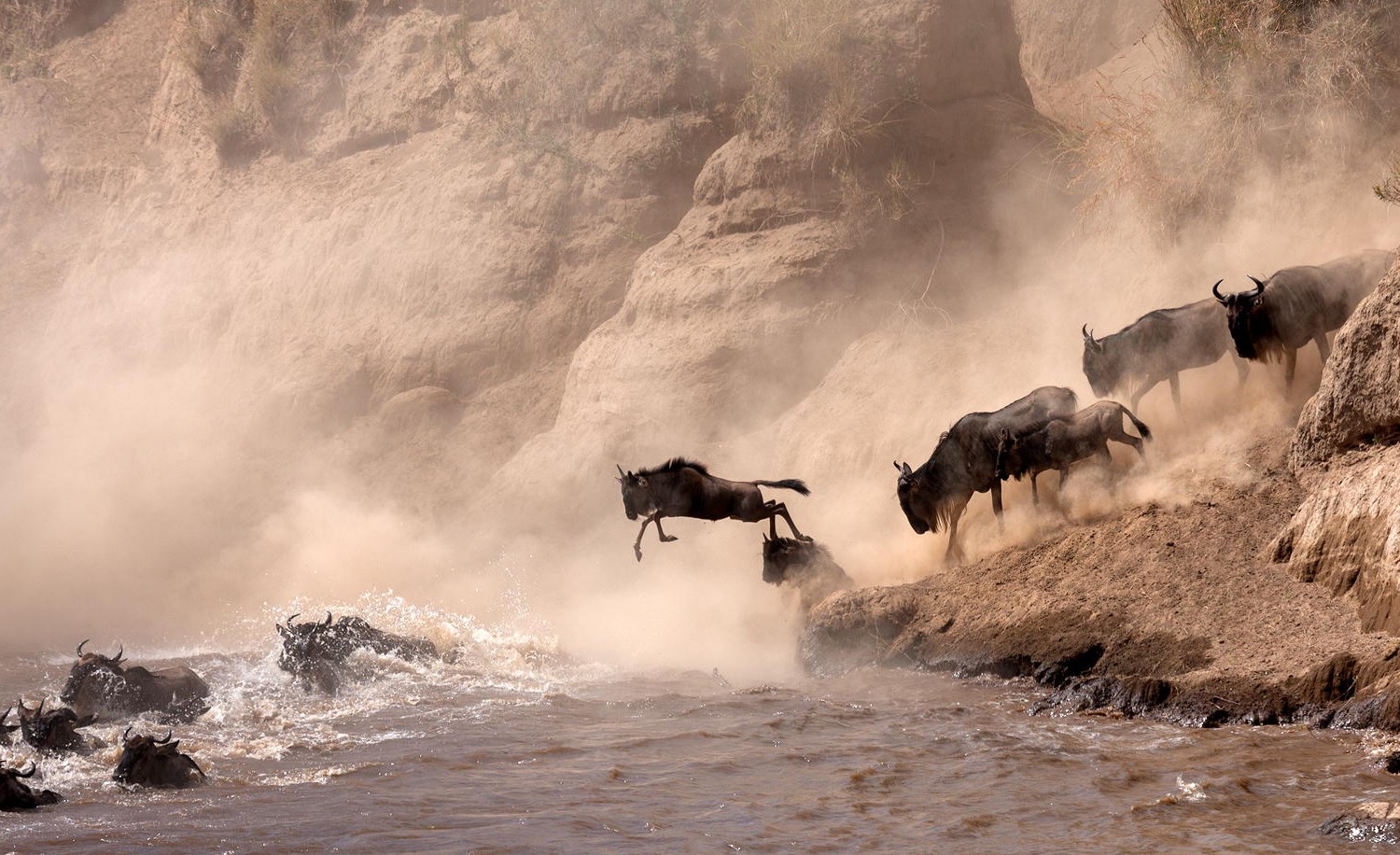
Leave a reply